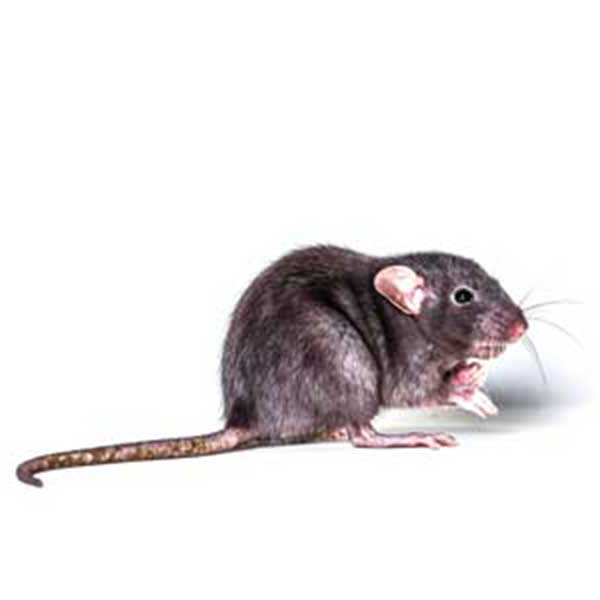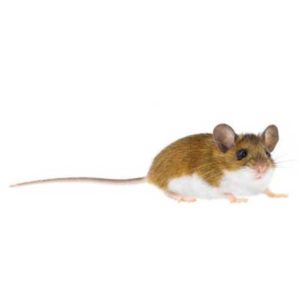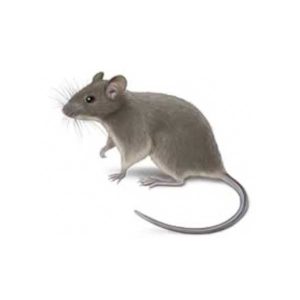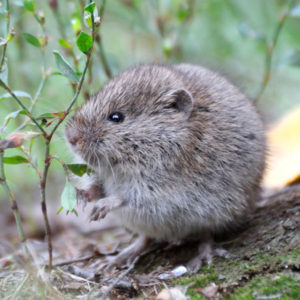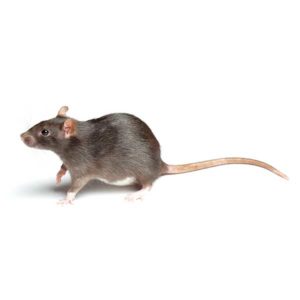Roof Rats in Memphis TN Metro Area
Roof rats, prevalent in specific regions of the United States such as the West Coast, Southeast, and coastal states like Washington, Oregon, and California, pose a significant pest issue. These rats are classified as commensal rodents, meaning they thrive in close proximity to human settlements and rely on human habitats for their survival. When these rodents infest homes, they tend to inhabit attics, eaves, and rooflines. The most notable distinguishing feature of roof rats is their tail. Unlike other rat species, roof rats possess hairless tails that are longer than the combined length of their head and body, which sets them apart.
Roof Rat Habitat
Roof rats display a preference for elevated hiding spots such as tree canopies, dense shrubs, and climbing vines. These rats possess specialized foot pads that aid in their ability to climb narrow vines and branches, while their tails serve as a balancing tool when scaling great heights. Following sunset, roof rats typically commence their search for food, utilizing trees, utility lines, and fences as pathways to access attics, overhead garage storage, woodpiles, and stored items. As nocturnal creatures, the rustling sounds heard in the attic during nighttime often serve as the initial indication of a roof rat infestation in homes.
Roof Rat Behaviors, Threats, or Dangers
Roof rats are carriers of numerous diseases, including salmonella, leptospirosis, and rat-bite fever, among others. As they scavenge for food, these rats can contaminate human, pet, and livestock food sources. Being omnivores, roof rats consume both plant matter and animals, displaying a particular fondness for citrus fruits. They are also attracted to pet food, pet waste, birdseed, meat, and grease, often infesting storage sheds and BBQ areas. In addition to disease transmission, roof rats can cause significant damage when they establish nests within walls and attics. Their gnawing habits may lead to exposed and chewed wires, posing a fire hazard by sparking and potentially igniting interior walls.
If you have a roof rat infestation in your Memphis TN Metro Area property, always contact a licensed rodent control company.

